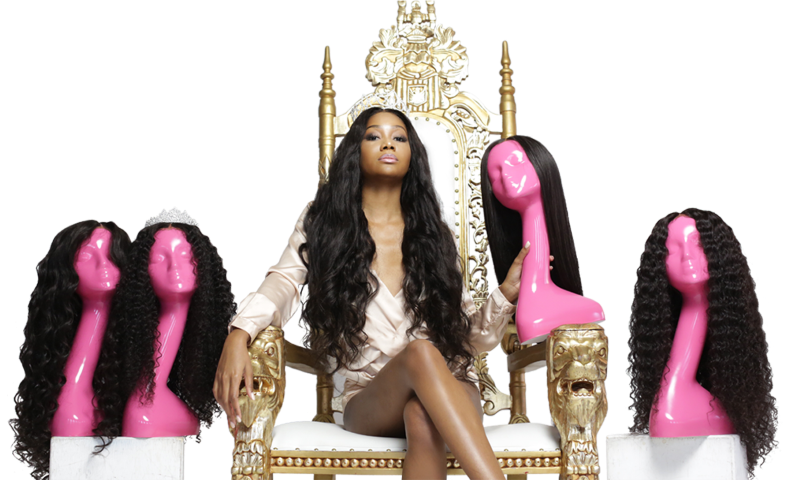Wigs have been around for centuries and interestingly enough used for various reasons. From disguising oneself, to covering up hair loss, wigs have undoubtedly been an important tool for many people’s lives and for many different reasons; which has left some to ponder on whether wigs serve as a cover-up, or rather, beauty accessory?
Originally, they seemed to be primarily used to disguise oneself, especially during times in which it was unsafe to be recognized (excluding the Ancient Egyptians, that is, who for instance used them to protect their heads from the hot sun). Eventually, wigs became popularized in 18th century Europe by the aristocracy as a sign of status, and were often adorned with jewels and feathers to enhance one’s beauty. Thereafter, wigs begun selling in all shapes and sizes, and equally worn by both men and women.
Since then, wigs have continued to be worn for various reasons. Some to cover up hair loss caused by medical conditions, such as alopecia or chemotherapy, others to patch balding, and many to simply change an appearance or model different hairstyles. They’re even employed in the entertainment industry, where they’re worn to portray specific characters!
Besides their practical use, many have identified wigs for their use as beauty accessories. With the advancement of technology, wigs can now be constructed from high-quality synthetic materials that both look and feel like real human hair, and come readily available in different colours, lengths, and styles – thus offering people the chance to change their look whenever they want, without fully committing to something that would be constituted as anything approximating real permanent change. In this way, wigs have become popularized accessories amongst fashion-conscious individuals whose goals are to keep up with the latest hair trends.
Wigs offer a solution for those who wish to change their appearance without requiring the need to commit to something permanent (and perhaps even extreme). Simply put, they afford the opportunity to model different hairstyles (and even colours) without damaging any natural hair, whilst providing a boost of confidence and self-esteem to those trying to hide their balding.
Unfortunately, however, there remains to exist a stigma attached to ‘wig wearing’ – especially for those whose goal is to cover up hair loss – reportedly stemming from the beliefs shared by some that those who wear wigs are not at-all comfortable with their natural hair (or rather, lack thereof). However, it should be noted that wearing a wig is a personal choice, and one that people should not be judged for.
To conclude, it appears rather evident through the information presented throughout that wigs can be seen as both a cover-up and a beauty accessory. Their popularity has not waned throughout these centuries, as they continue to offer a solution for those who want to change their appearance or cover up hair loss. Whether worn for practical or personal reasons, I believe what is most important to remember is that who chose to do so should remain free from any unfair judgements and/or discrimination.

